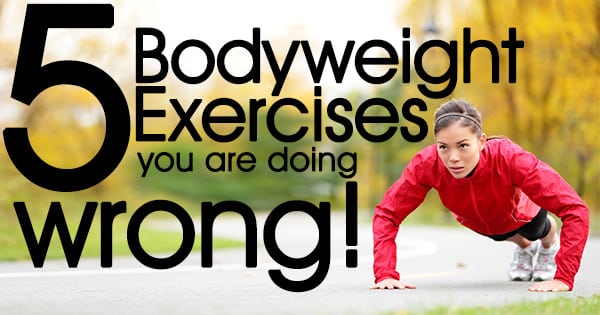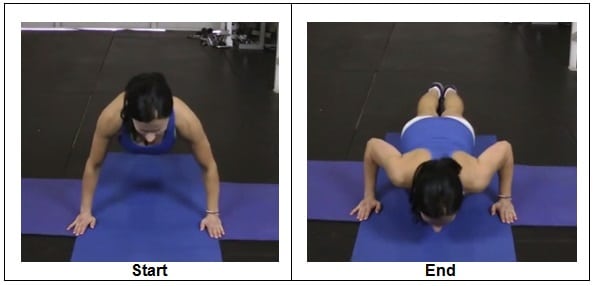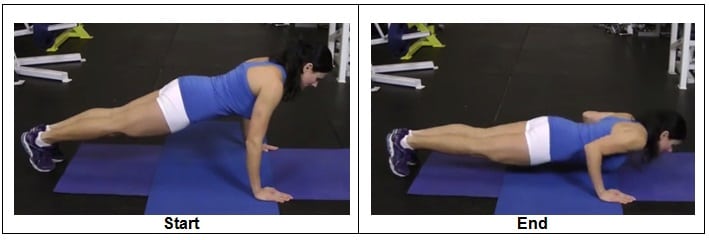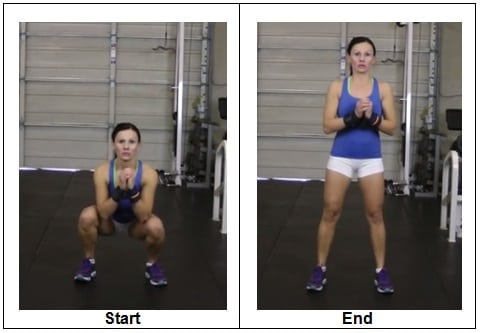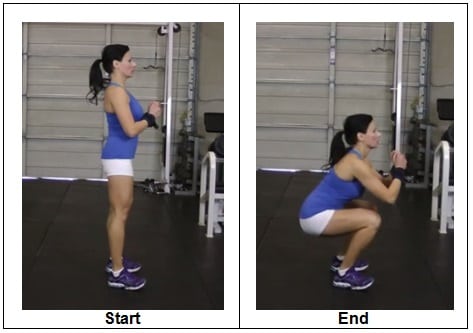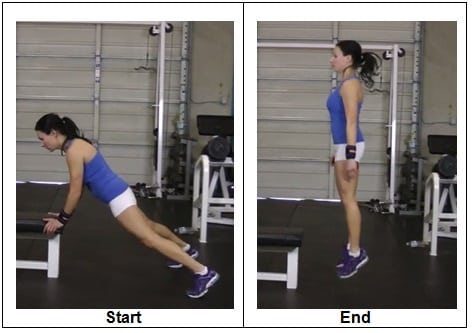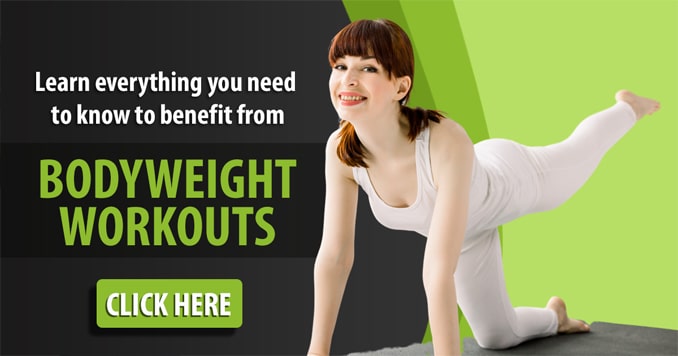
Bodyweight exercises are one of the big trends in the fitness world now, and with any trend, the Internet is flooded with information on it. And as the popularity rises, so does the outrageousness of what’s being put out there.
You see all these super advanced bodyweight exercise videos and pictures, but I think we are missing the point. Most of our clients are not that advanced. And unfortunately too many trainers like to use the newest, coolest exercise that they’ve just learned from YouTube University.
Here are 5 of the most bastardized bodyweight exercises I see in the gym (and YouTube) most often.
#1 – Dips
This has got to be the #1 offender of all bodyweight exercises. Don’t get me wrong, I think dips are a great exercise but that’s only if you do them right. With a lot of your clients coming in with jacked up pecs, scalenes and shoulders they are naturally going to be rounded at the shoulders. This is first mistake you see.
Allowing you shoulders to round and letting your chest sink in will but a tremendous amount of shear in the anterior capsule on the shoulder. Cueing your client to have a proud chest works great for keeping them in the right position. Something else that’s common in the dip is the client trying to stay vertical while performing a dip. They should lean forward to ensure they are not putting too much stress thru the shoulder. Lastly, make sure that they don’t go too deep when they dip.
A general rule of thumb is not deeper than upper arm parallel with the floor, but if you really want to be a great coach watch for the moment the shoulder starts to shift anteriorly.
You should never let you client get into this position under load, as it’s a recipe for shoulder injury. The McKenzie push up is a great variation I use to really get the triceps working hard, but you’ll have to wait until (Bodyweight Exercises you’ve never heard of blog post).
#2 – Push Ups
I know that I’m preaching to the choir because we’ve all seen at least one episode of “push ups gone bad” at the gym. The biggest culprit to this is people using more of a guillotine position where they allow their elbows to flair out too much getting close, if not to a 90-degree angle.
RIGHT WAY to do a Bodyweight Push Up (Front View)
This position again puts a lot of shear forces through the anterior capsule of the shoulder, as well as increasing the chance of impingement due to excessive internal rotation at the shoulder. The easy fix is to get your client to keep the elbows a bit closer to the body, at more of a 45-degree angle.
RIGHT WAY to do a Bodyweight Push Up (Side View)
The other common mistake with the push up is not maintaining a neutral spine. What most people forget is that the push up is an active core exercise. By allowing the hips to either sag down or keeping the hips too high you are losing one of the major benefits of doing push ups. Get your clients to drop down onto their knees or even better elevate their hands so that they can keep that nice long plank position while doing their push ups.
#3 – Narrow Stance Squats
There’s no argument here that this is a great variation to overload the quads, but the problem is what happens if you client has limitations at the ankle or hips?
RIGHT WAY to do a Bodyweight Squat (Front View)
Not that any of your clients would be limited in dorsiflexion or lack good hip mobility. You see if you client is limited in dorsiflexion, as they drop into the narrow stance squat they will run out of movement at the ankle quickly and have to make up for it somewhere else, which usually means reaching the end range flexion at the knee (and end range is never a good idea) and rounding at the lumbar spine (which is another bad idea).
RIGHT WAY to do a Bodyweight Squat (Side View)
And if your client is lacking hip mobility, or even worse has a structural limitation like retroversion of the hip, the only way to get depth is round out their lower back and let their knees cave in. Neither of which is ideal form. So if your client is limited in either dorsiflexion or hip mobility, it’s best to pick another exercise to target the quads. The Wombat Squat is a favorite of mine, which I’ll show you over here at the article TOP 5 Bodyweight Exercises You’ve Never Heard Of
#4 – Burpees
What…You’re telling me people do burpees wrong?! I know, I know, you probably see this example on a daily basis so I’m going to give you a couple quick fixes that will help the client with even the worst form. First change I make is by giving them either a step, medicine ball or bench to use for their hands. This essentially raises the floor and makes up for any lack of flexibility in the hips (which is quite common).
Wide Feet Bench Bodyweight Burpee
The other tweak you can get your clients to do is to widen out their feet as they jump back. This will stop the all too common sagging hips by giving them a wider base and not relying on the core as much. I find this tweak most useful as soon as my clients start to get tired.
#5 – Glute Bridge
You’re probably thinking how can someone do a glute bridge wrong? Well I’m glad you asked because there’s a big difference between doing a glute bridge and doing it right. The first thing you need to do is make sure if your client has tight hip flexors that you stretch them out prior to doing a glute bridge. If the hip flexors are tight, then your client won’t be able to get to full hip extension and really get the full benefits of the exercise.
Glute Bridge
I also cover a tweak I use with anyone with tight hip flexors for the glute bridge in the program. Another common mistake I see people make is that they push through the toes instead of through the heels. By slightly lifting the toes off the ground and pushing through the heels your client will get more glute recruitment. This is even more important with women, as they tend to be quad dominant, so they will naturally try to use the quads instead of the glutes.
And lastly, the one that most people don’t do with the glute bridge, make sure that you finish with a posterior tilt of the pelvis. This is one of the movements that most people are unaware of that the glutes do. If you were to stand up right now and squeeze your glutes as hard as possible you’ll notice that you automatically go into a posterior pelvic tilt. So instead of just stopping at full hip extension, add a posterior pelvic tilt to get the absolute most out of this exercise.
If you are health & fitness professional and looking for a resource that gives you the tools and exercises to help yourself and your client move better and get great results, then check out Bodyweight Corrective Exercises, here:
Scott Rawcliffe

